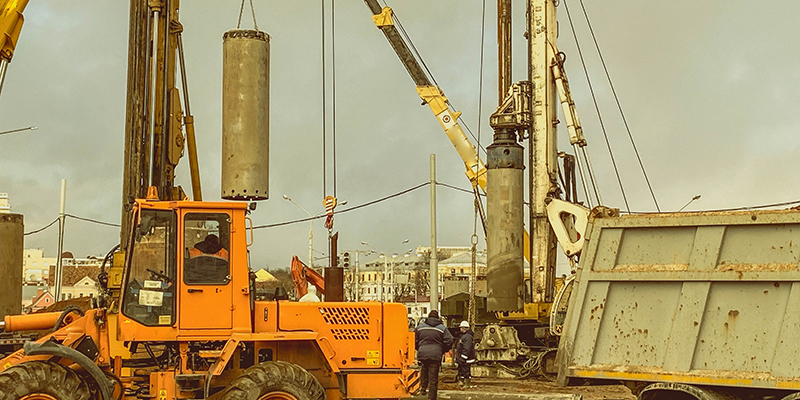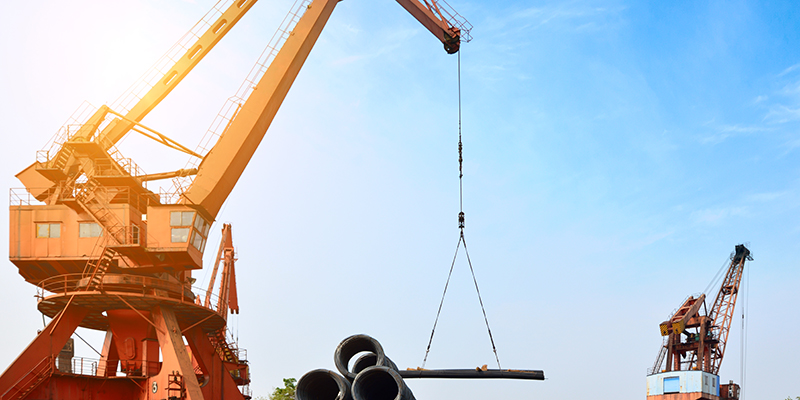
Mastering Heavy Loads: Techniques with Heavy-Duty Lifting Slings
Mastering Heavy Loads: Techniques with Heavy-Duty Lifting Slings
In the world of heavy lifting and rigging, mastering the art of handling substantial loads is a skill that ensures operational efficiency, safety, and precision. As industries push the limits of lifting capacities, heavy-duty lifting slings emerge as indispensable tools, providing the means to handle massive loads with finesse.
Choosing the Right Equipment
The foundation of mastering heavy loads begins with selecting the right equipment. Heavy-duty lifting slings, constructed from advanced materials such as Ultra-High-Molecular-Weight Polyethylene (UHMWPE), stand out as the go-to choice. These slings offer high strength-to-weight ratios, allowing operators to harness the power of modern materials for optimal lifting performance.
Understanding Load Dynamics
Effective load handling requires a deep understanding of load dynamics. Heavy-duty lifting slings excel in various load-bearing scenarios, including static and dynamic loads. By recognizing the unique characteristics of the load, operators can choose the appropriate rigging configurations and lifting angles, optimizing stability and control.
Proper Sling Configuration
A key aspect of successful heavy lifting is the proper configuration of lifting slings. Heavy-duty lifting slings come in various designs, including flat webbing slings, round slings, and wire rope slings. Understanding the load distribution and the specific requirements of the lift helps operators select the right sling type and configuration, ensuring safe and efficient lifting.
Ensuring Balanced Loading
Balanced loading is fundamental to safe and efficient heavy lifting. Heavy-duty lifting slings offer exceptional load distribution properties, minimizing stress concentrations on individual components. This balance not only enhances safety but also prevents equipment damage and promotes uniform weight distribution during the lift.
Safe Handling and Operation
Safety is paramount in heavy lifting operations. Proper training and adherence to safety protocols are crucial. Heavy-duty lifting slings are designed with features like abrasion protection, anti-slip properties, and durability to ensure safe handling in demanding environments. Operators must be well-versed in proper techniques for attaching, securing, and monitoring loads during lifting operations.
Precision and Control
Modern heavy lifting is not just about power; it's about precision. Heavy-duty lifting slings provide the control necessary to position loads accurately. Their flexibility, coupled with load-bearing capabilities, allows for controlled movements and adjustments, minimizing the risk of accidents and maximizing operational efficiency.

As industries continue to elevate their lifting requirements, mastering the techniques of handling heavy loads becomes increasingly essential. Heavy-duty lifting slings play a pivotal role in this endeavor, offering the tools needed to safely and efficiently manage massive loads. With the right equipment, knowledge, and techniques, professionals can ensure successful heavy lifting operations while prioritizing safety, precision, and operational excellence.

